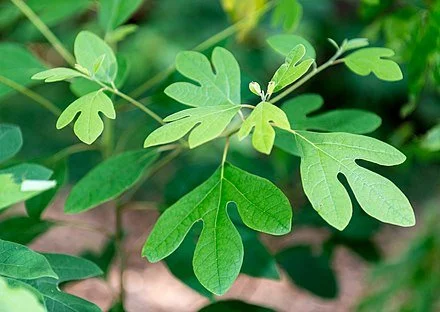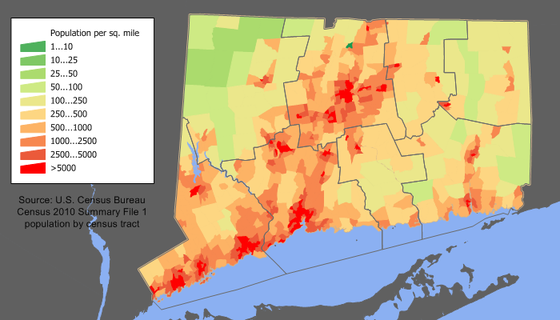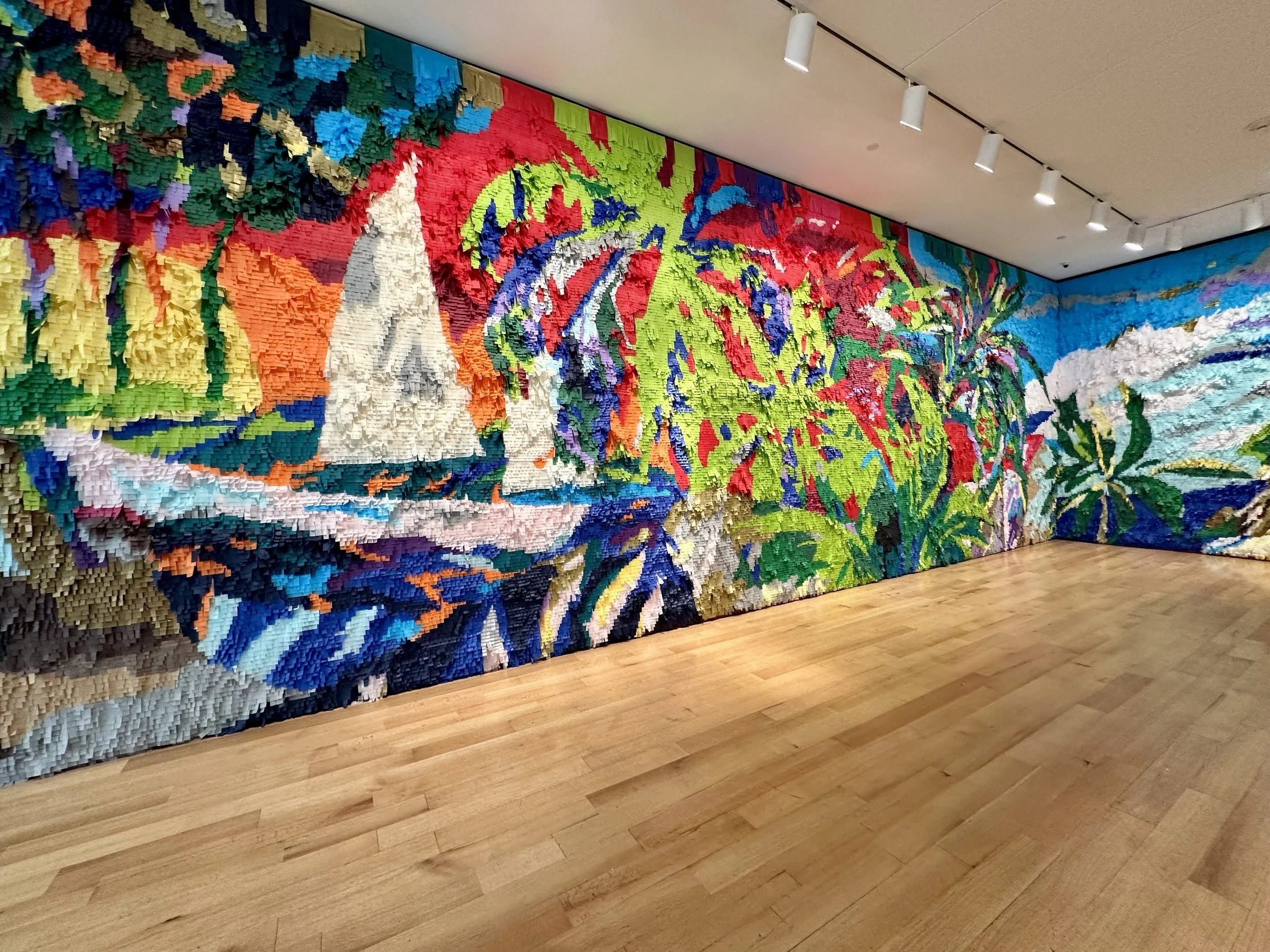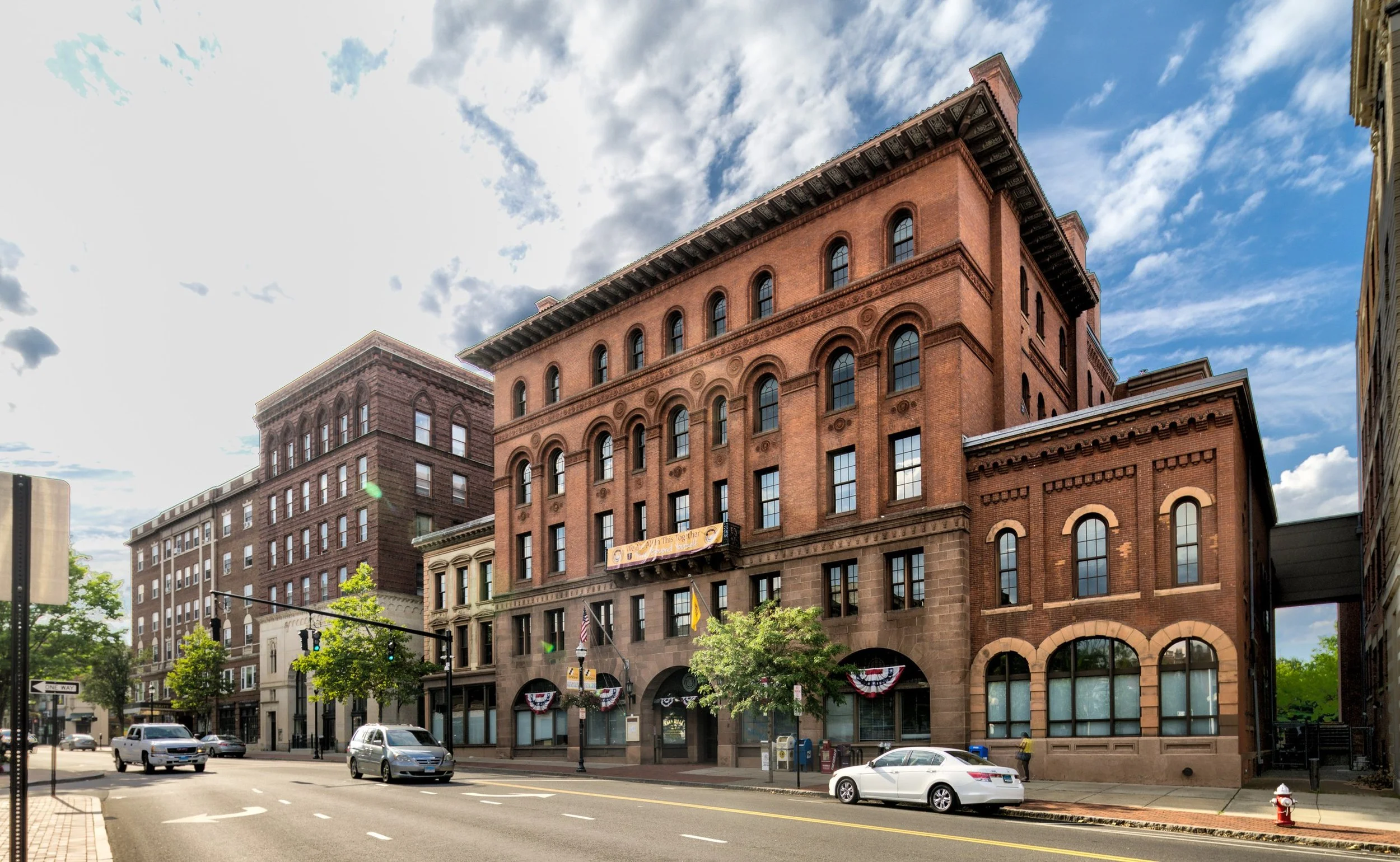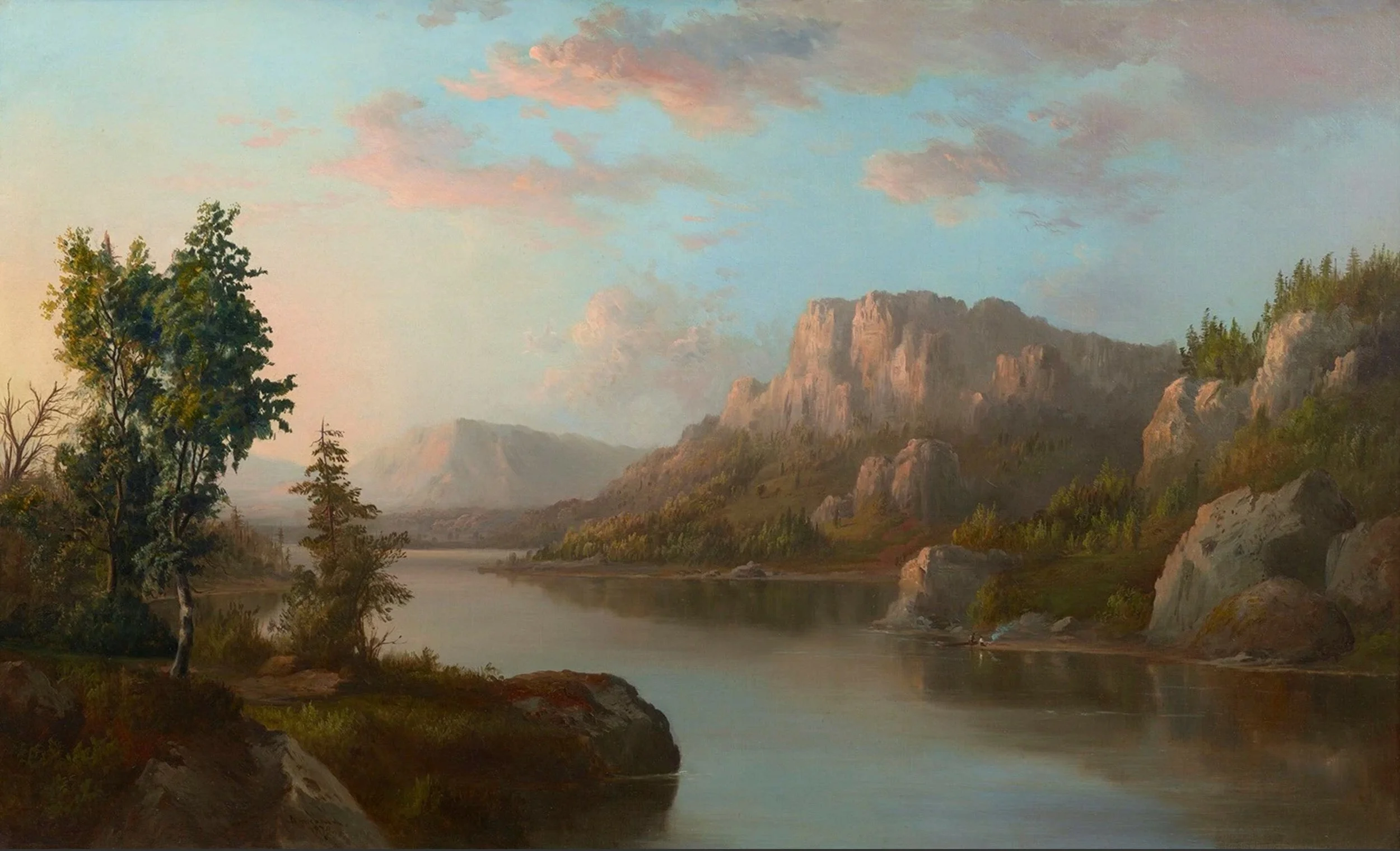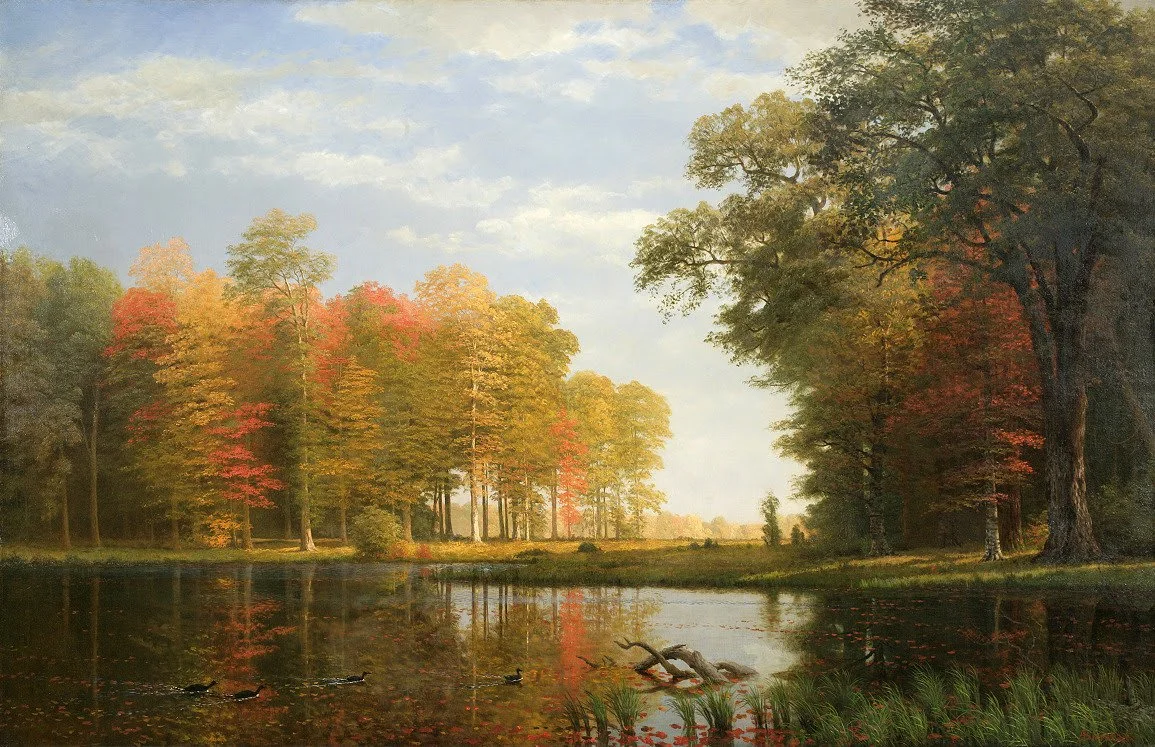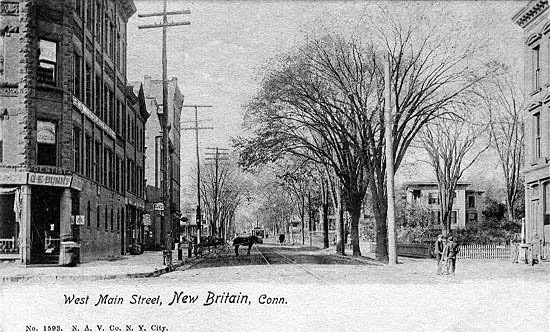Mural by Justin Favela in his show “Do You See What I See?’’, at the New Britain (Conn.) Museum of America Art through Dec. 1
From the museum’s description:
“Brilliant colors, tissue paper, cardboard, and untold stories converge in ‘Do You See What I See?’, featuring works by Las Vegas-based artist Justin Favela (born 1986). Nestled throughout the galleries, this exhibition is an exploration of the artist's quest to see himself and the vibrant Latinx community represented within the museum's esteemed collection.
“‘CONERICOT,’ Favela’s piñata-inspired mural, above, draws inspiration from depictions of Latin America from the permanent collection. His immersive installation alludes to the beauty of those landscapes, as well as the fantasies that often color Americans' perceptions of these underrepresented cultures.
“‘Do You See What I See?’ extends its presence throughout the museum with several reinterpretations of 19th- and 20th-century paintings and works on paper. These dispersed works serve as thoughtful interventions within the existing collection, bringing past and present into conversation and addressing Latinx presence—or absence—in the story of American art.”
Downtown New Britain in 1930, as the once manufacturing powerhouse slipped into the Great Depression. Few of the industrial buildings above are still there.
Downtown New Britain a few years ago.
— Photo by Kenneth C. Zirkel



